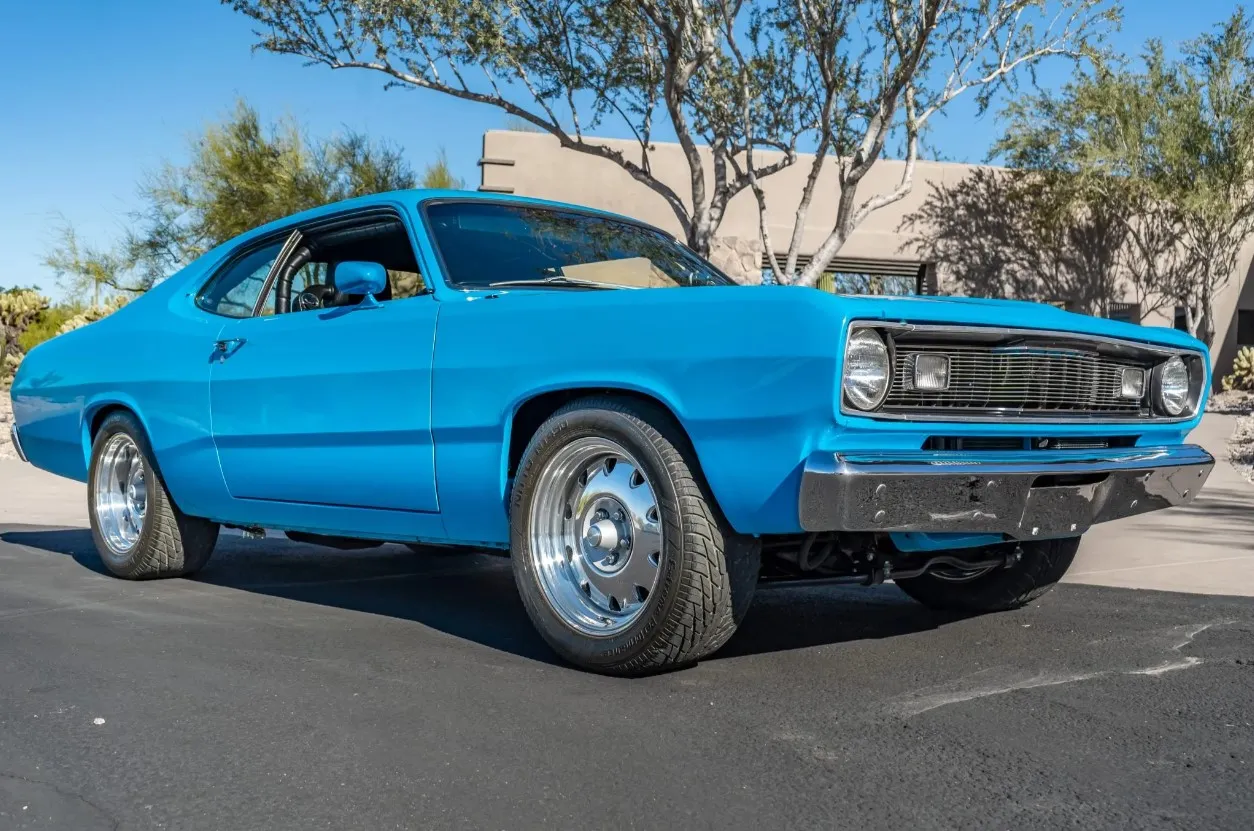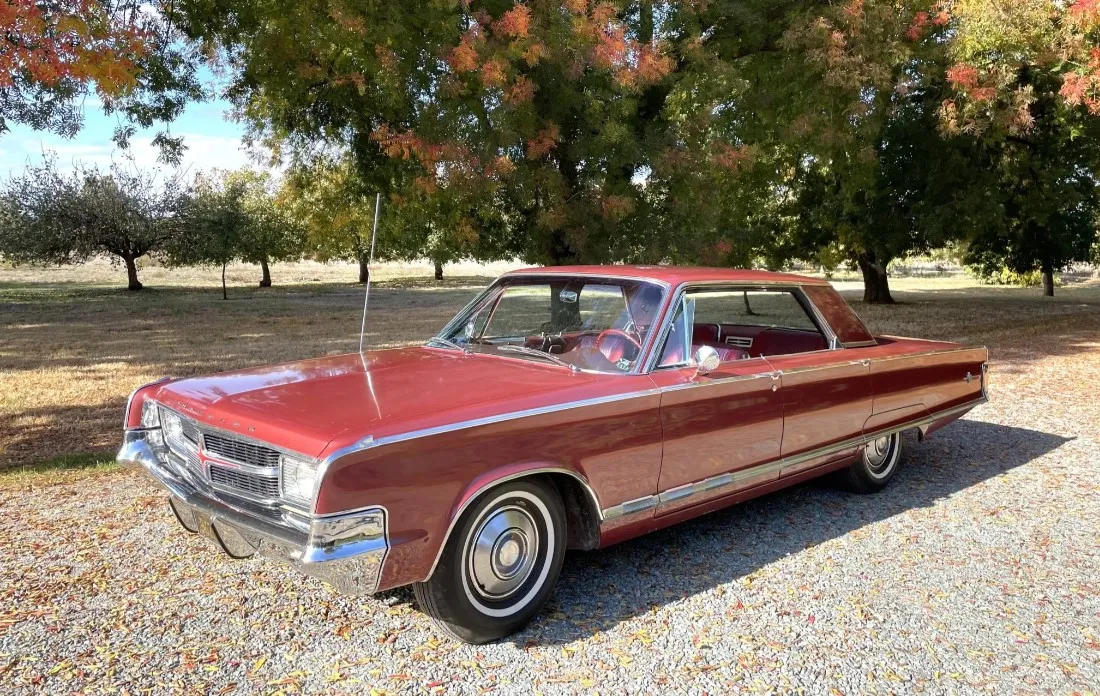The 1966 Ford GT40 stands as one of the most iconic and revered sports cars in automotive history. It is forever etched in the annals of racing glory for its historic victory at the 24 Hours of Le Mans in 1966, a remarkable achievement that marked the end of Ferrari's dominance in endurance racing. In this comprehensive exploration, we will delve deep into the origins, design, performance, cultural impact, and lasting legacy of the 1966 Ford GT40.
The Genesis of the GT40
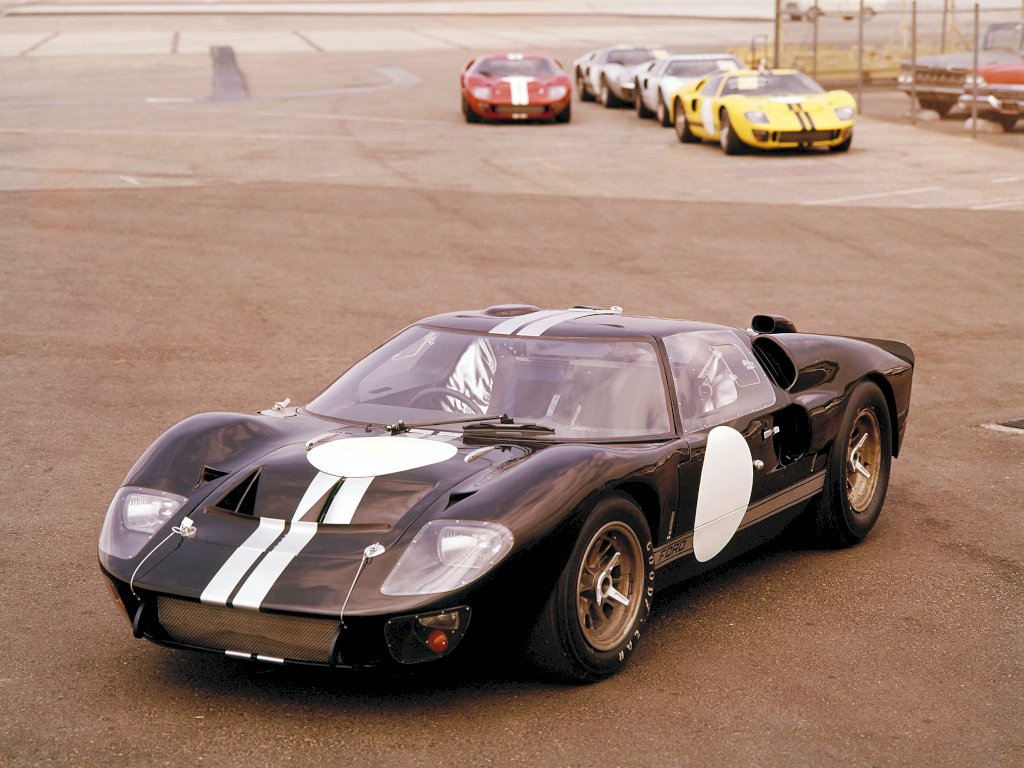
The origin of the Ford GT40 can be traced back to the early 1960s when Henry Ford II, commonly known as "The Deuce," decided to take on Enzo Ferrari's dominant team at the 24 Hours of Le Mans. After failed attempts to purchase Ferrari, Ford was determined to defeat the Italian manufacturer on the racetrack.
In 1963, Ford initiated the GT40 project with the goal of creating a car that could beat Ferrari at its own game. The name "GT40" referred to its height, measuring 40 inches from the ground to the top of the windshield.

Ford enlisted the help of several key figures to develop the car. Carroll Shelby, who was already known for his success with the Shelby Cobra, was brought in to oversee the project. The engineering expertise of Eric Broadley, founder of Lola Cars, also played a crucial role in the development of the GT40.
Design and Engineering

The GT40 was designed and engineered with one primary objective: to win the prestigious 24 Hours of Le Mans endurance race. The car underwent several iterations and improvements over the years, with each version building upon the lessons learned from previous racing experiences.
The first GT40s, known as the Mk I, were produced in the United Kingdom by Lola Cars. These early models showed promise but faced various teething problems, including reliability issues and aerodynamic challenges. Despite their shortcomings, the Mk I GT40s demonstrated their potential on the track.
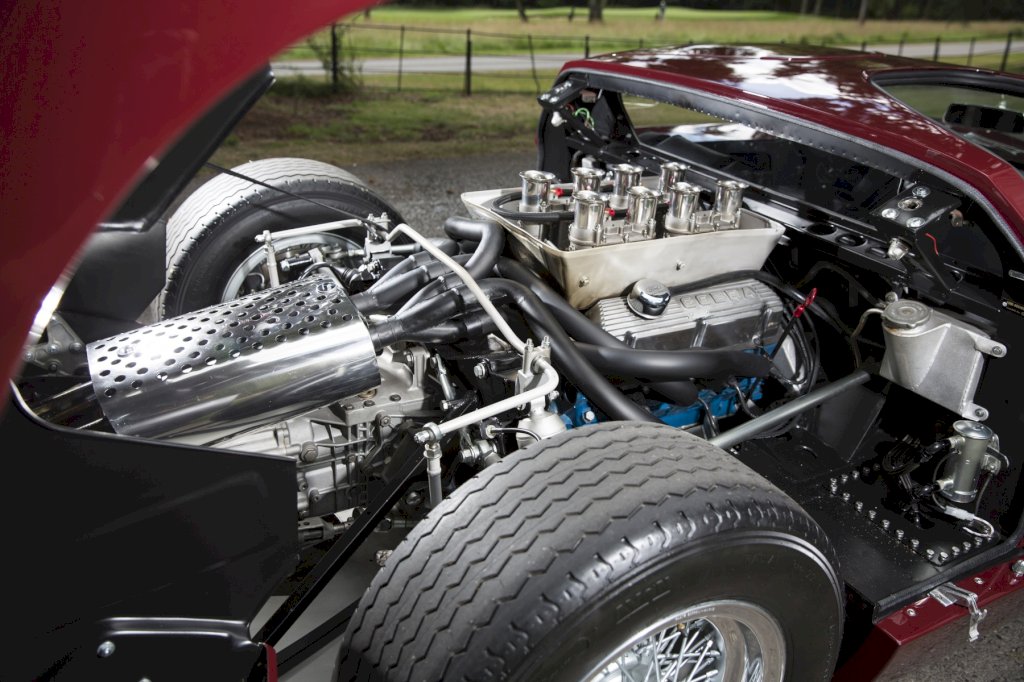
For the 1966 racing season, Ford unveiled the Mk II version, which incorporated significant improvements. The Mk II GT40 featured a monocoque chassis and a lightweight aluminum body, which reduced overall weight and improved aerodynamics. It was powered by a mighty 7.0-liter V8 engine, designed and built by Ford Advanced Vehicles in the UK, producing up to 485 horsepower.
The Mk II also utilized a new transaxle transmission, providing a better weight distribution and improved handling. These advancements made the GT40 a more formidable contender on the racetrack, setting the stage for its historic victories in the years to come.
Racing Success and Le Mans Dominance

The 1966 Ford GT40 marked a turning point in the car's racing success. The GT40 made its debut at the 24 Hours of Daytona in January 1966, where it secured a 1-2-3 finish, sending a clear message to Ferrari and other competitors.
However, it was at the 24 Hours of Le Mans in June 1966 that the GT40 made its most significant impact. The Ford GT40s, driven by Bruce McLaren and Chris Amon, and Ken Miles and Denny Hulme, dominated the race, finishing 1st and 2nd, respectively. This historic victory ended Ferrari's six-year winning streak at Le Mans and solidified the GT40's place as a racing legend.

The GT40's success at Le Mans continued in the following years. In 1967, the GT40 Mk IV secured another Le Mans victory, driven by Dan Gurney and A.J. Foyt. In 1968 and 1969, the GT40 secured back-to-back wins, with drivers Pedro Rodríguez and Lucien Bianchi in 1968 and Jacky Ickx and Jackie Oliver in 1969.
The GT40's Le Mans dominance not only cemented its place in motorsport history but also solidified Ford's status as a serious contender in the world of international racing.
Impact on the Automotive Industry
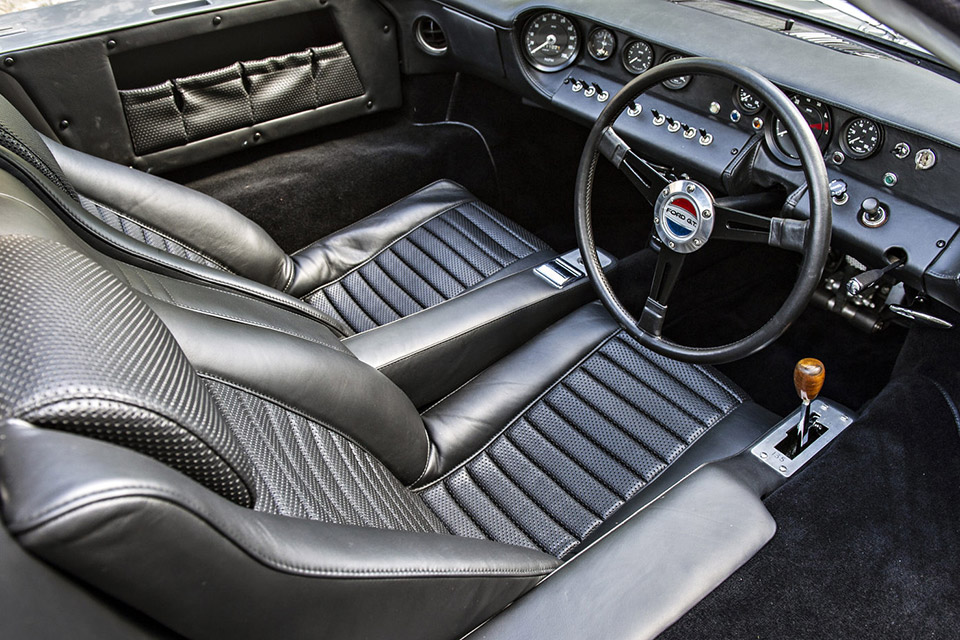
The success of the 1966 Ford GT40 had a profound impact on the automotive industry and the reputation of American car manufacturers. Ford's triumph at Le Mans shattered the notion that European manufacturers were invincible in endurance racing, and it demonstrated that American engineering and innovation could compete with the best in the world.
The GT40's racing achievements also had a positive influence on Ford's commercial image, helping to reposition the company as a producer of high-performance vehicles. The success of the GT40 inspired the development of the Ford GT, a modern supercar paying tribute to its legendary predecessor.
Legacy and Enduring Enthusiasm

The 1966 Ford GT40's legacy endures to this day, with the car considered an automotive masterpiece and a symbol of American racing heritage. The GT40's iconic design, with its low-slung body and distinctive livery, is instantly recognizable to car enthusiasts and racing fans alike.
The GT40's impact on motorsport continues to be celebrated through events like the Goodwood Revival, where historic GT40s take to the track, delighting spectators with the sights and sounds of these legendary racing machines.

Ford's achievements with the GT40 also inspired future generations of American automotive engineers and enthusiasts, encouraging them to push the boundaries of performance and design.
Collectible and Historic Value

Due to its racing success and limited production numbers, the 1966 Ford GT40 has become a highly sought-after collectible. Original GT40s are rare and command premium prices in the classic car market.
Restored and well-preserved GT40s participate in prestigious vintage racing events, keeping the spirit of the legendary racer alive and allowing fans to experience the thrill of seeing these historic cars in action.
Conclusion

The 1966 Ford GT40 stands as a testament to the determination and ambition of the Ford Motor Company to challenge the dominance of Ferrari on the racetrack. The car's engineering excellence, combined with the talent of skilled drivers, resulted in a remarkable series of victories that secured its place as one of the most iconic racing cars of all time.
The GT40's legacy as a symbol of American racing achievement continues to inspire automotive enthusiasts and racers, proving that a combination of skill, innovation, and determination can lead to historic and lasting success. The 1966 Ford GT40 remains an enduring legend and a symbol of American racing heritage that will be celebrated for generations to come.
